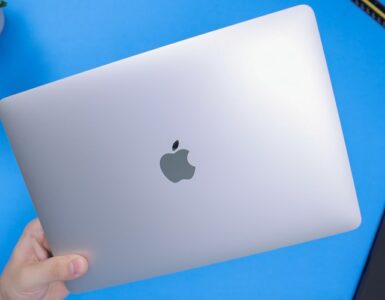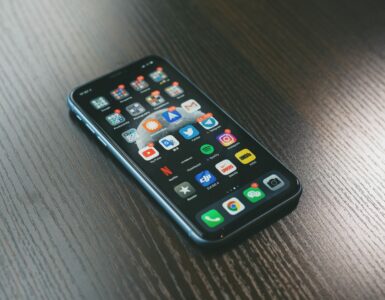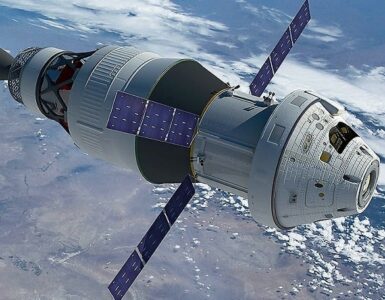We use it every single day, whether it’s for work, socializing, or simply having fun… But what is it? The Internet changed the world as we know it, but how did it all begin and how did it develop at such a rapid rate? Computer networks have a system of communication between them that lets information get from one place to another, and that is the internet. Packet switching is what makes the internet work and it stands for a communication method that breaks down the data at the source into small chunks and restores them at the destination. The history of fast internet was exciting and fast-changing so let’s start from the beginning.
1. The invention of the Internet
Computers used to take up an entire room, and scientists kept looking for more ways to make those computers process more information, preferably at faster speeds. The US Department of Defense invented ARPNET for government research, and this was the first system of computer communication. The first effective data transfer between four Universities in the 1970s was the Internet in its first version. Vinton Cerf from DARPA joined the research team lead by Bob Kahn in 1982, and they brought us the Internet Protocol (IP) and the Transmission Control Protocol (TCP), which created the universal language that the Internet will use. This solved the problem of communication between computers, and we still use these terms.
2. World Wide Web and email
Ray Tomlinson invented the email in 1971, but it wasn’t used by the mass population until the 1990s. Tim Berners-Lee created the World Wide Web in 1991 so that CERN scientists could share research more easily. He invented the first website, server, and web browser, basing his idea on the hyperlinks in the Hypertexts Transfer Protocol. We still use the terms URL and HTTP. The Internet didn’t start being used commercially until 1995.
3. Dial-up internet
The history of the fast interest for commercial use started with not so fast internet. You needed a phone line to use dial-up internet, so it wasn’t possible to use the Internet and the phone at the same time. And there was that awful sound while you wait to establish a connection only to wait for a very long time to download a simple picture and have someone pick up the phone just as it reaches 99%. The speed was only 56Kbps back in 1998 and streaming video or music wasn’t really possible.
 4. Broadband and Wi-Fi
4. Broadband and Wi-Fi
During the early 2000s, dial-up got replaced by broadband which used Asymmetric Digital Subscriber Line (ADSL) connection. We waved goodbye to “switching on the Internet” because it allowed us to stay constantly connected. Apple Airport brought us Wireless Internet in 1999, and Windows quickly followed in 2001. So, the internet cables became unnecessary, and wireless Internet hotspots became available at many coffee shops, offices, and businesses. They use WLAN (Wireless local area network) on the router.
5. 2G, 3G, and 4G
The history of fast internet doesn’t end with Wi-Fi because smartphones came into existence and required higher speeds. Until 3G was developed, mobile Internet wasn’t as close to what we know today because the third generation reached speeds of 200Kbps. 4G gave us the speed of 15Mbps and became a big step in the history of fast internet.
6. Cable broadband
After ADSL broadband, Cable broadband offered the option of using cable TV wires instead of phone lines. This option allowed more speed, but the bandwidth of the cable wire limits possibilities. So, this type of fast internet isn’t so common.
7. Fiber-optic broadband
Strands of glass make it possible for the laser light to go down them at the speed of light. Sounds like something from a science fiction movie, but it’s actually how fiber-optic broadband works, using fiber optic cables. It’s not so much the history of the fast internet as it’s the wonders of technology we are offered today, but that’s not all.
8. The Internet of Things
IoT or The Internet of Things gives you the possibility to connect your everyday items and operate them digitally. Any product that has a “smart” at the beginning of its name can be connected to the Internet. We can now use a smartphone to control household items, and if that’s not worthy of being a part of the history of fast internet I don’t know what is.
9. G.Fast internet
Fiber broadband gave us the possibility to use existing copper wires, but gain greater speeds, thanks to the expansion of the frequency range that the broadband signal uses. It offers over 300Mbps, but the history of the fast internet probably doesn’t end here. The world of technology is constantly improving, and it’s already made incredible progress in a very short time. Who knows what the future holds for us and how our grandkids will look at us when we tell them that we couldn’t talk on the phone while we use the Internet.












